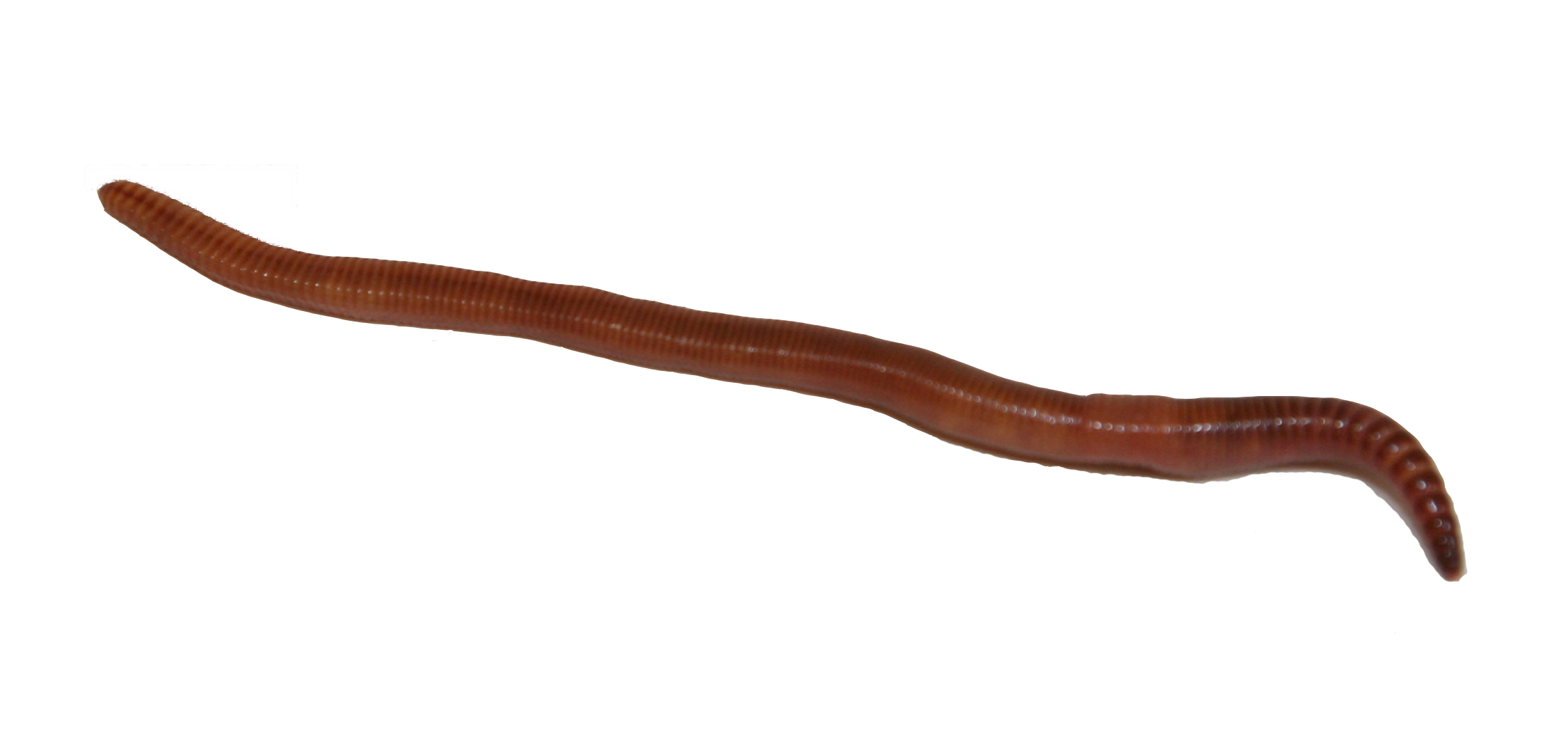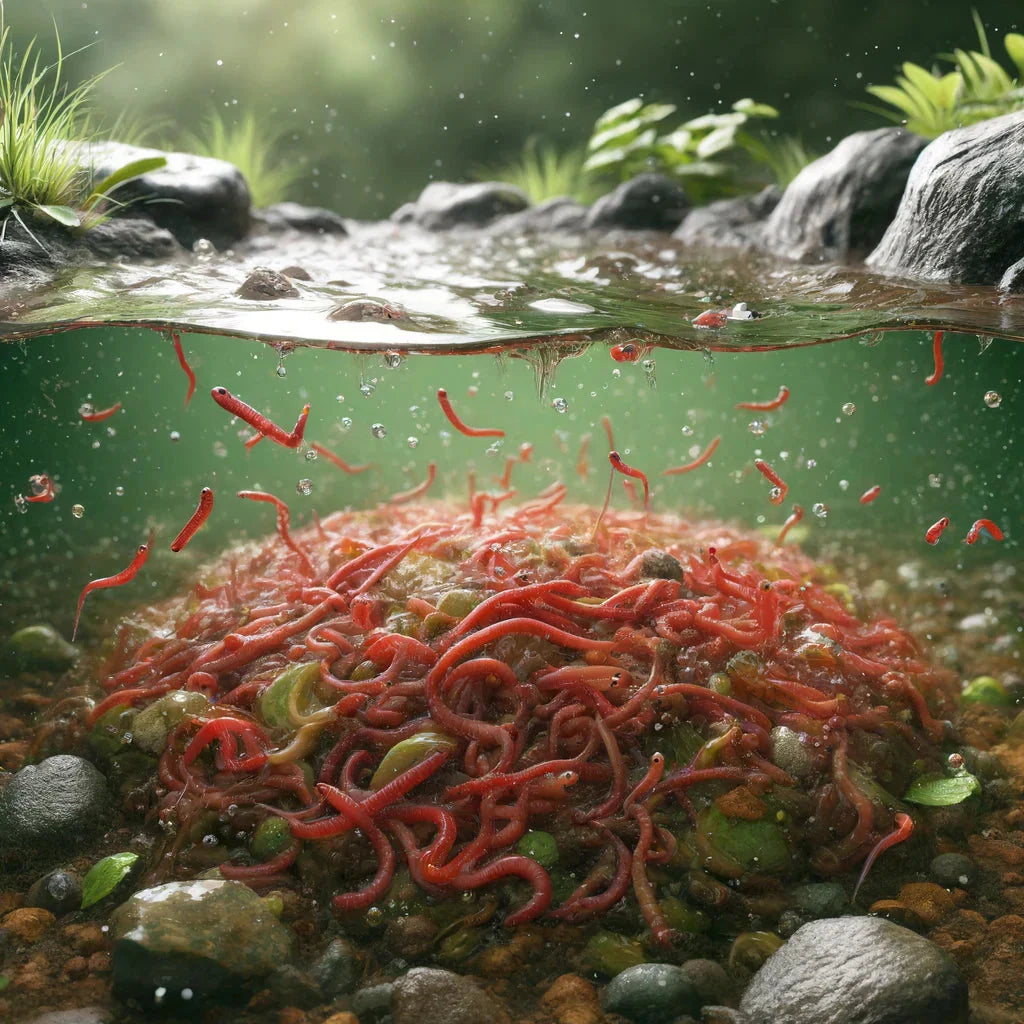Live red wigglers: Best options for your composting needs
Red Wigglers: The Secret to Eco-Friendly Composting
Red wigglers, medically understood as Eisenia fetida, play an essential role in sustainable composting methods, supplying an all-natural option to squander management. red wigglers. These worms not just consume natural products however additionally change them into beneficial vermicompost, enhancing soil wellness and advertising environmental balance.
What Are Red Wigglers?
Although lots of people are familiar with earthworms, red wigglers (Eisenia fetida) are a specific varieties that play a vital role in composting. Indigenous to Europe, they have adapted well to a selection of atmospheres, particularly in decaying raw material. Unlike typical yard worms, red wigglers grow in abundant, moist atmospheres, making them perfect for composting systems.
(red wiggler earthworms for sale)These worms are identified by their reddish-brown pigmentation and extended bodies, typically determining between 3 to 4 inches in size. Red wigglers are epigeic worms, meaning they stay near the dirt surface area and prey on decomposing organic material. Their high reproductive rate allows populations to proliferate under optimum problems, with the capability to double in number every few months.
Red wigglers possess an unique digestive system that allows them to damage down organic waste successfully. As they eat food scraps, they create nutrient-rich castings, which function as an excellent plant food for plants. This varieties is not just efficient in converting waste but additionally contributes to dirt health and wellness, promoting microbial activity and enhancing soil structure. Their lasting nature makes red wigglers a valuable property in green composting methods.
Advantages of Utilizing Red Wigglers
Utilizing red wigglers in composting systems supplies many advantages that boost both the efficiency of waste disintegration and the high quality of the resulting garden compost. These earthworms, medically known as Eisenia fetida, are renowned for their outstanding capacity to eat natural waste, converting it right into nutrient-rich vermicompost at an impressive price. Their fast digestion procedure increases the breakdown of kitchen area scraps and backyard waste, substantially lowering the moment required for composting.
In addition to their efficiency, red wigglers add to improved soil structure and fertility. The vermicast generated by red wigglers is abundant in necessary nutrients, useful bacteria, and humic acids, all of which boost dirt health and wellness and promote plant development. This nutrient-dense compost assists preserve wetness and improves oygenation in the dirt, promoting a thriving ecological community for plants.
Moreover, making use of red wigglers for composting decreases land fill waste, adding to a much more lasting waste monitoring system. By diverting organic materials from landfills, composting with red wigglers minimizes greenhouse gas exhausts, making it a green choice for ecologically mindful people and areas. Overall, red wigglers supply an effective and sustainable option for composting.
Establishing Up Your Worm Container
Creating a worm bin is a simple procedure that needs mindful consideration of products and problems to make certain a growing environment for red wigglers. Begin by selecting an appropriate container, which can be a plastic bin or wooden box, with a capability of at least 10 gallons for efficient composting. Guarantee the bin has adequate air flow by piercing tiny openings in the cover and sides to allow air movement.
Following, prepare the bed linens, which is critical for keeping dampness and giving an environment for the worms. Ideal products include shredded newspaper, cardboard, coconut coir, or peat moss. Objective for a bed linen depth of approximately 4-6 inches, click for more info ensuring it perspires however not excessively wet.
It is very important to maintain the right temperature level for your worm container, ideally between 55 ° F and 77 ° F(13 ° C and 25 ° C) Placement the container in a shaded location to protect against overheating. Additionally, keep the bin far from direct sunlight and severe climate problems to safeguard the worms.
Feeding Your Red Wigglers
Feeding your red wigglers is a vital element of effective worm composting, as it straight impacts their health and the performance of your composting system. Red wigglers prosper on a well-balanced diet being composed mostly of organic waste materials. Suitable food alternatives include fruit and vegetable scraps, coffee premises, crushed eggshells, and shredded paper. Avoid feeding them meat, milk, and oily foods, as these can bring in bugs and develop odors.
(red wiggler fishing worms)Begin with little amounts to allow the worms to consume the product completely prior to adding much more. Monitor the food disintegration procedure and change the quantity based on how promptly the worms are refining the waste.

Preserving Your Worm Garden Compost System
A well-maintained worm garden compost system is vital for maximizing the performance and durability of your composting initiatives. Routine tracking of moisture levels is essential, as red wigglers thrive in a wet setting, ideally around 70% moisture. If the bedding ends up being also dry, gently haze it with water; conversely, if it ends up being extremely damp, include completely dry bed linen such as shredded paper or cardboard to take in excess dampness.
Temperature level control is also crucial. Red wigglers choose temperatures in between 55 ° F and 77 ° F(13 ° C to 25 ° C) If temperatures surpass 85 ° F(29 ° C), the worms might become stressed or die. Guarantee your garden compost system is kept in a shaded, ventilated area to protect against overheating.
Check the worm populace and their task; a flourishing populace indicates a healthy atmosphere. By following these upkeep methods, you can ensure an effective and sustainable worm composting system that properly recycles organic waste.

Conclusion
Finally, red wigglers play an essential function in environment-friendly composting by properly converting natural waste into valuable vermicompost. Their capacity to prosper in decomposing products not just aids in decreasing land fill waste and greenhouse gas exhausts however also boosts dirt health. By advertising moisture retention and oygenation, these worms add considerably to sustainable horticulture practices. Welcoming the use of red wigglers represents a practical technique to enhancing ecological sustainability and promoting healthier ecological communities.